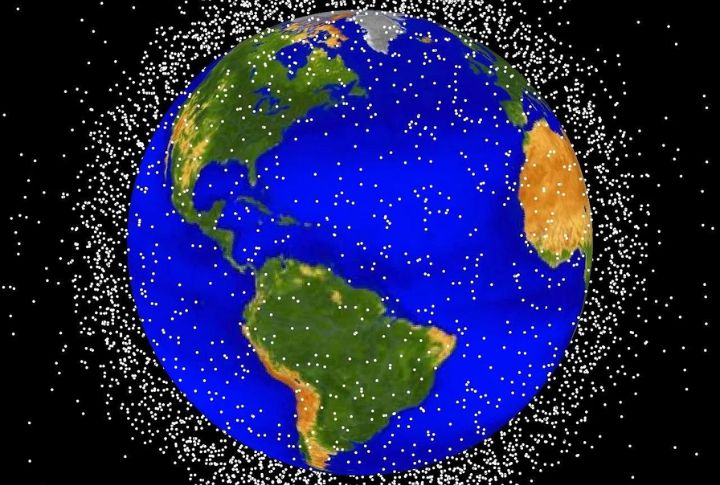
There’s junk circling Earth at insane speeds, and it’s stacking up fast. One hit in the wrong spot could set off something nasty—an endless loop of destruction. That nightmare has a name: Kessler Syndrome. It’s real, and we’re closer than we think. Want to know how wild things could get if it kicks off? Let’s break it down.
Satellites Could Be Wiped Out In Hours
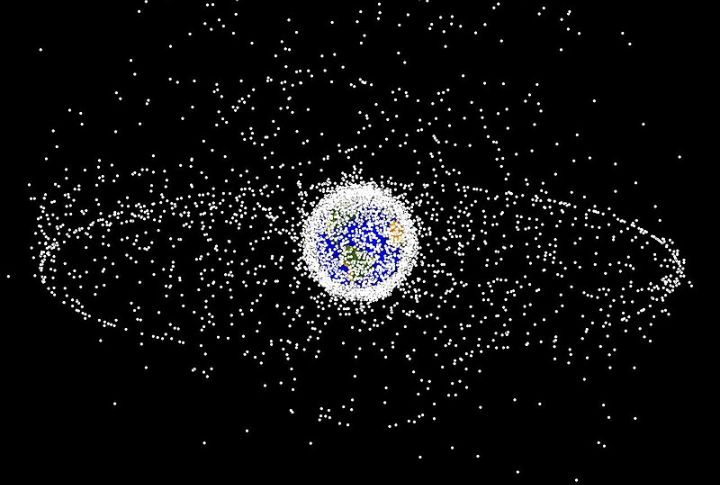
If space junk triggers a Kessler Syndrome, Earth’s orbit could become too dangerous to use. A 1978 NASA study warned that one collision might spark a chain of debris impacts. With over 10,000 active satellites in orbit, one breakup could create tens of thousands of fragments. In 2007, one incident produced over 3,000 pieces of trackable debris.
Space Becomes Inaccessible For Decades
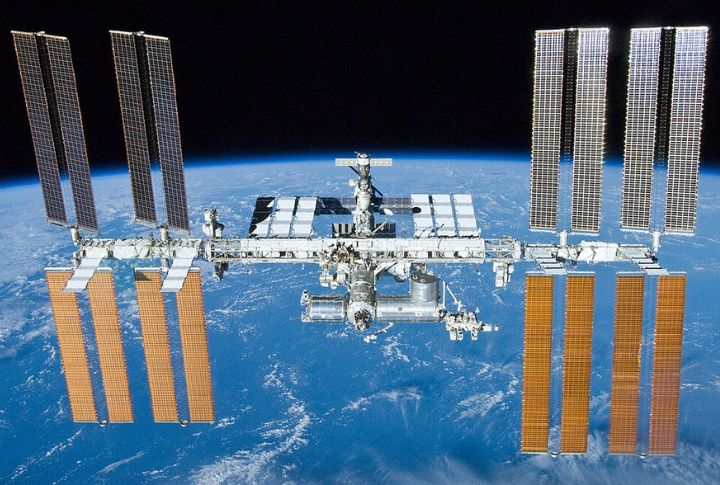
Once space junk clogs low Earth orbit, space may remain inaccessible for decades. Plus, fragments depending on altitude can stay in orbit for centuries. Even the smallest debris can severely damage spacecraft. As a result, the ISS has already performed collision avoidance maneuvers. Without clear paths, future spacecraft can’t fly or operate safely.
GPS And Communication Systems Go Dark
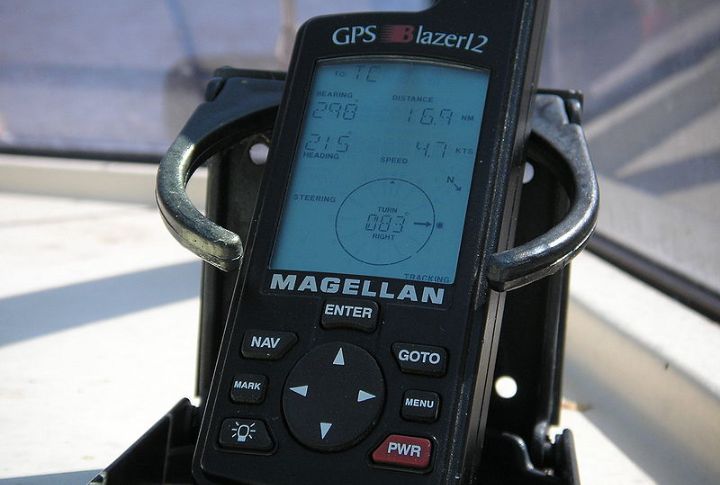
First, GPS signals start to fail. Then, communication lines weaken. These disruptions affect global infrastructure by interfering with navigation, banking networks, emergency response, and telecommunications. The 2022 solar storm highlighted the risk that Kessler Syndrome could extend that chaos for years.
Space Economy Faces A Collapse
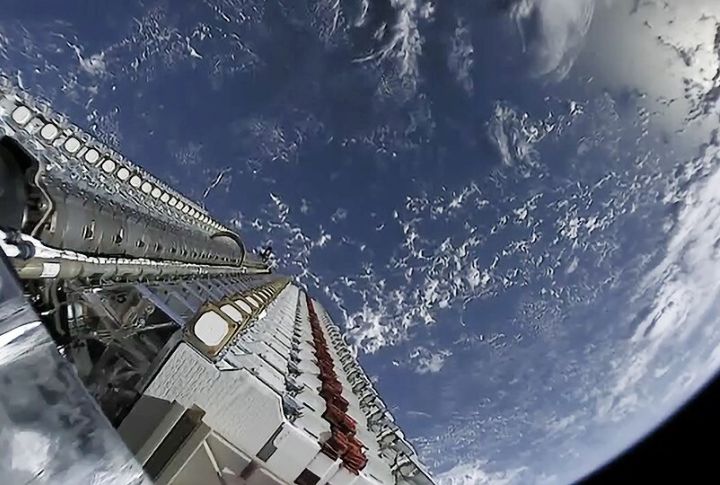
The global space industry is worth around $500 billion each year. Satellite losses from Kessler Syndrome could cascade, hitting many markets hard. Earth imaging, weather forecasting, and financial trading all depend on space assets. With nearly 90 countries running space programs, the economic impact would be huge.
Environmental Monitoring Would Suffer
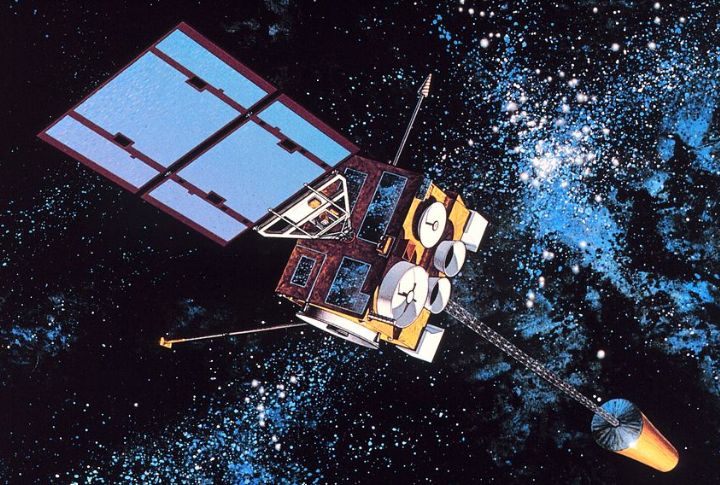
Kessler Syndrome may trigger satellite collisions that destroy systems used to track climate change, ice loss, and natural disasters. These satellites monitored events like the 2020 Australian fires and the 2023 Arctic ice thinning. Without them, environmental data would vanish and weaken climate research and delay global disaster response efforts.
Insurance Costs For Satellites Would Skyrocket
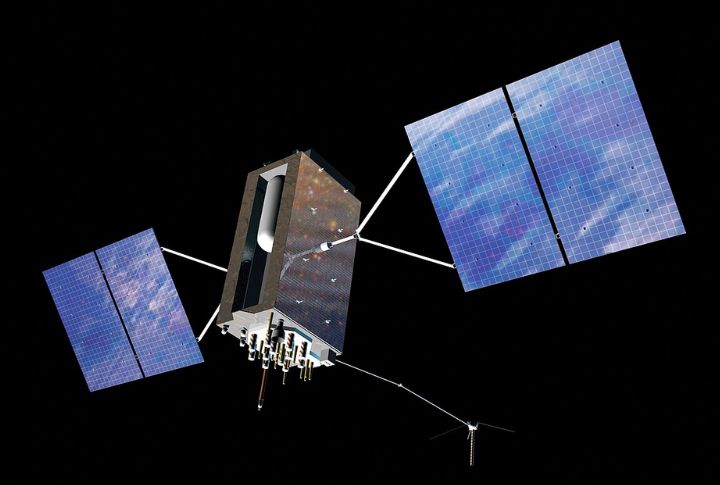
Insurance for space missions keeps rising as the risk of collisions increases. Because of this, some insurers are unwilling to cover launches into heavily crowded orbits. The presence of space debris is now a standard concern in satellite insurance, and in high-risk areas, premiums usually surpass normal coverage limits for each satellite.
Weather Forecasting Would Lose Accuracy
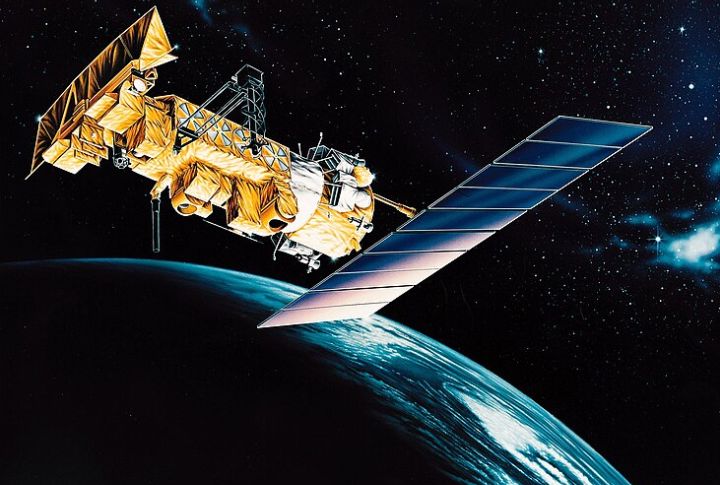
Space junk would threaten satellites used for weather tracking. Once those eyes in the sky go dark, real-time updates vanish. Then, hurricane warnings shrink from days to just hours. After that, forecasts become vague, and preparation time for storms and climate shifts drops, which makes millions more vulnerable to sudden disasters.
Military And Defense Systems Could Be Blinded
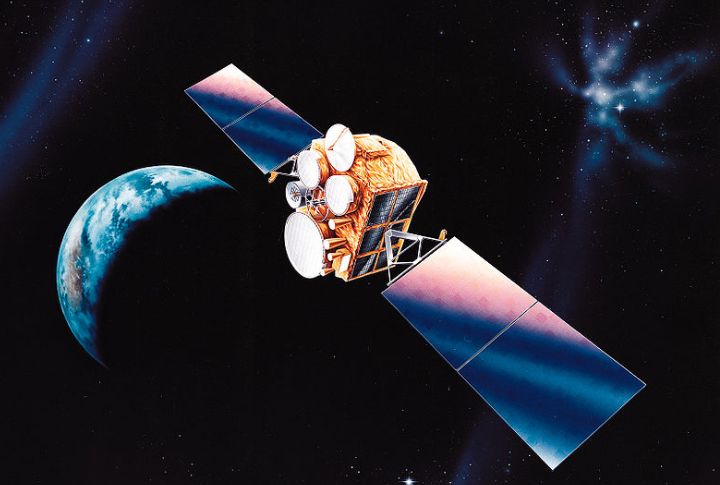
Space debris puts national security satellites at risk. These satellites detect missile launches, monitor enemy movement, and support military communications. If they fail, the risk of miscommunication increases. That raises the chance of accidental conflict and slows down the ability of defense systems to respond effectively.
Astronomers Would Struggle To Observe Space
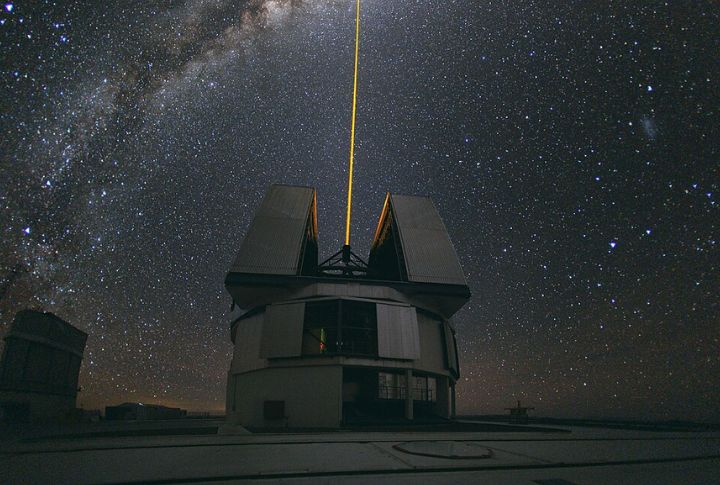
Too much space junk makes it tough for astronomers to see clearly. Debris reflects sunlight, and those bright streaks show up in telescope images, both on Earth and in space. Plus, long-exposure photos get ruined, star maps lose accuracy, and studying distant stars or galaxies becomes much harder.
Air Travel Could Become Less Safe
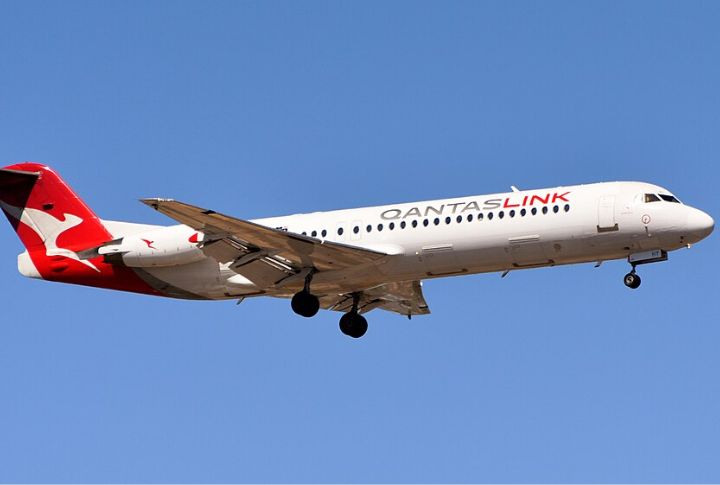
Satellites help aircraft stay on track over oceans and remote regions where ground systems don’t reach. If Kessler Syndrome disrupts those orbits, backup tools aren’t enough. Suddenly, global flight networks may suffer delays, confusion, and dangerous gaps in mid-air communication and navigation systems.

